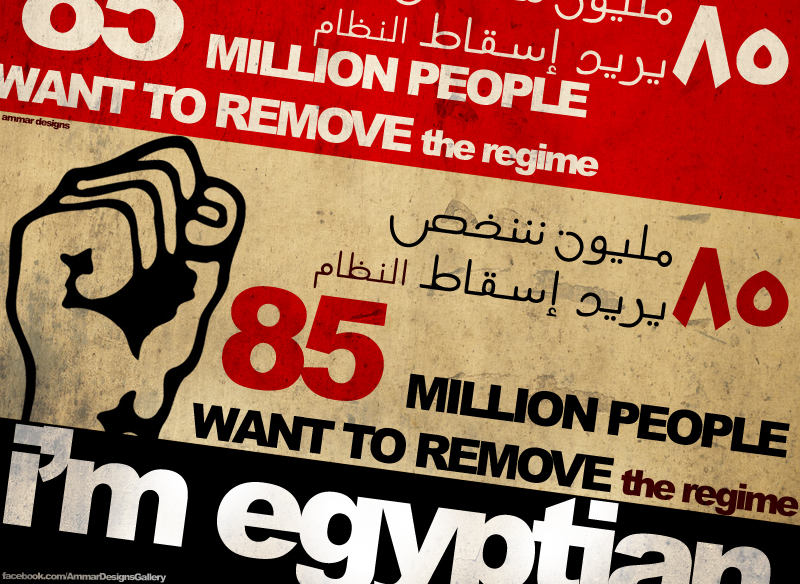On January 25, 2011, the Egyptian revolution began. Spurred by the success of the Tunisian protests earlier in the month, activists coined the “Day of Rage” on the same day as the national holiday honouring police. Thousands take to the streets to march against the 30 year reign of dictator Hosni Mubarak. Protesters are met with tear gas from police.
The uprising was breathtaking as thousands, then hundreds of thousands more joined the protests in Tahir Square spanning almost a month. What wasn’t broadcast were the days, months and years of activism leading up to the historic revolution.
On June 6, 2010 Khaled Mohamed Saeed was sitting in an internet cafe, when police approached him and arrested him. The cafe owner told several local papers that he witnessed police beating Saeed to death, by smashing his head against an iron door and the steps of the building. Police attempted to brush off Saeed’s death by saying he died by swallowing a package of hashish. The officers were jailed for four days but never charged.
When Saeed’s family arrived to identify his body, his face was so obviously disfigured from the beating that it was clear what had occurred. Saeed had allegedly captured footage of police corruption and his family suspected this is why he was murdered. Saeed’s brother took a picture of his battered face with his mobile phone and release it to the internet causing a public out cry.
Google executive and activist Wael Ghonim created a facebook group using the infamous picture, called “we are all Khaled Saeed”. Along with the Revolution Youth Movement, Ghonim’s facebook group was credited as one of the strongest organizing forces of the revolution.



